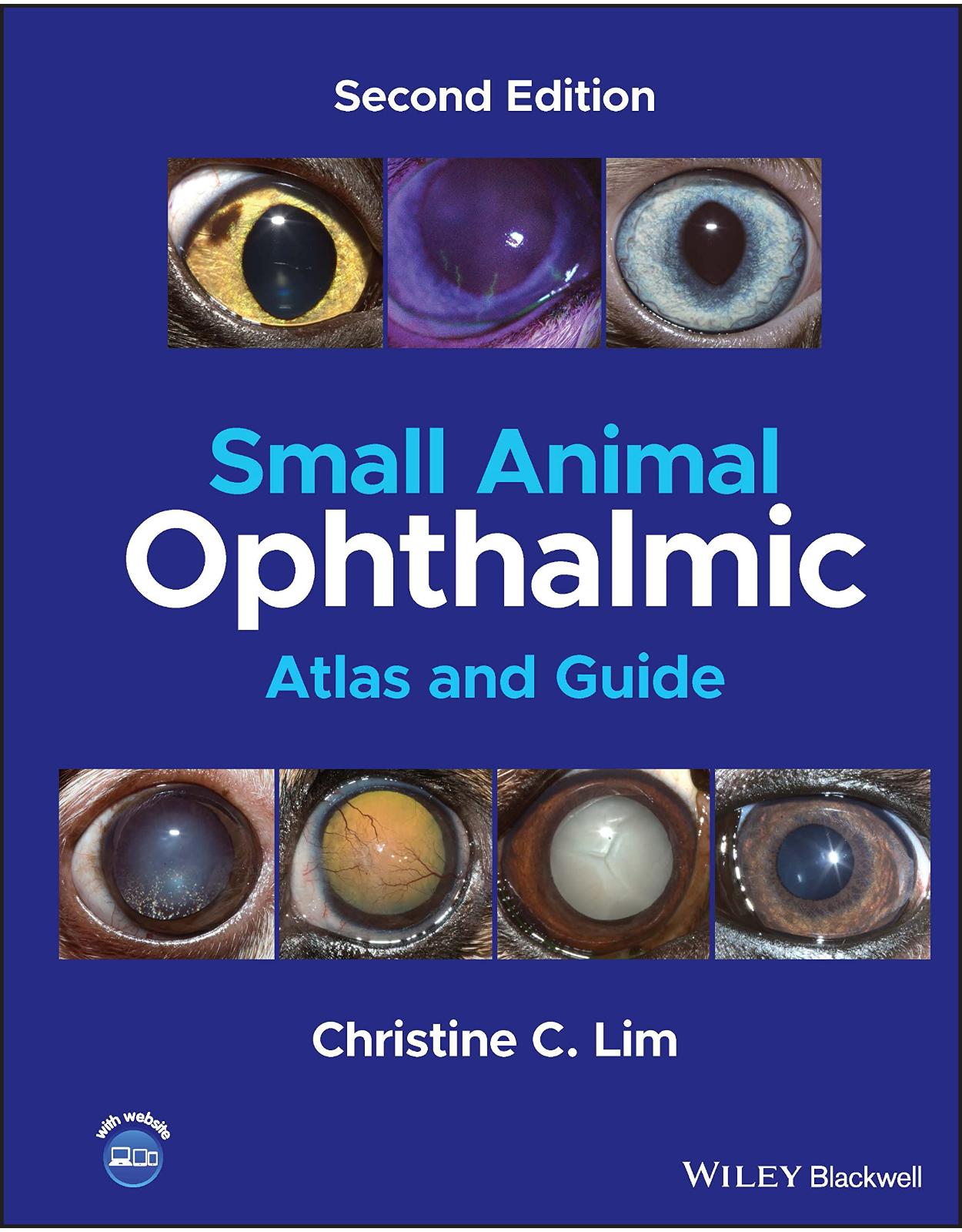
Small Animal Ophthalmic Atlas and Guide, 2nd Edition
Livrare gratis la comenzi peste 500 RON. Pentru celelalte comenzi livrarea este 20 RON.
Disponibilitate: La comanda in aproximativ 4 saptamani
Autor: Christine C. Lim
Editura: Wiley
Limba: Engleza
Nr. pagini: 256
Coperta: Hardcover
Dimensiuni: 226 x 282 x 17 mm
An aparitie: 20 Oct. 2022
DESCRIPTION
Small Animal Ophthalmic Atlas and Guide is designed to offer a quick reference to common ocular conditions in dogs and cats, presenting high-quality color photographs to facilitate diagnosis and offering details on each condition to support clinicians in clinical decision making. In addition to updates throughout, the Second Edition includes significantly more images than the previous edition, with updates to images to include more representative examples where possible.
In Small Animal Ophthalmic Atlas and Guide, the image section is organized by area of the eye, making it easy to find and compare images to make a diagnosis, and the disease section is carefully targeted to the most crucial details for developing a management plan. A companion website provides video clips.
Written by a veterinary ophthalmologist working at a busy urban center, Small Animal Ophthalmic Atlas and Guide includes information on:
· Orbital disease, including inflammatory and neoplastic disease
· Eyelid and adnexal disease, such as abnormal hairs (distichiae, ectopic ciliae, and trichiasis), conformational abnormalities (entropion, ectropion, etc.), and third eyelid abnormalities such as gland prolapse
· Corneal and conjunctival disease, including tear film disorders, causes of keratoconjunctivitis, corneal ulceration, and feline surface ocular disease
· Anterior uveal conditions, covering uveal cysts, anterior uveitis, and anterior uveal neoplasia
· Lenticular disease, such as cataract and lens instability
· The posterior segment, covering normal fundic appearance, chorioretinitis, retinal degeneration, and retinal detachment
· Recognition and management of glaucoma
With its broad coverage of essential topics and accessible images that help with accurate and fast diagnoses, Small Animal Ophthalmic Atlas and Guide is an essential reference for small animal general practitioners, students, residents, and interns, and can also be used as a reference to show examples to clients.
TABLE OF CONTENTS
Preface
List of abbreviations
Glossary
Section I Atlas
1 Orbit
Figure 1.1 Clinical signs associated with orbital mass effect (neoplasia)
Figure 1.2 a Clinical signs associated with orbital mass effect (cellulitis)
Figure 1.2 b Clinical signs associated with orbital mass effect (cellulitis)
Figure 1.3 Clinical signs associated with orbital mass effect (cellulitis)
Figure 1.4 Clinical signs associated with orbital mass effect (neoplasia)
Figure 1.5 Clinical signs associated with orbital mass effect (neoplasia)
Figure 1.6 Enophthalmos
Figure 1.7 Brachycephalic ocular syndrome
Figure 1.8 Brachycephalic ocular syndrome
Figure 1.9 Ventromedial entropion associated with brachycephalic ocular syndrome
Figure 1.10 Ventromedial entropion associated with brachycephalic ocular syndrome
Figure 1.11 Clinical signs associated with Horner’s syndrome
Figure 1.12 a Clinical signs associated with Horner’s syndrome
Figure 1.12 b Appearance of Horner’s syndrome following application of a sympathomimetic drug
Figure 1.13 Clinical signs associated with Horner’s syndrome
Figure 1.13 b Appearance of Horner’s syndrome following application of a sympathomimetic drug
Figure 1.14 Clinical signs associated with proptosis
Figure 1.15 Proptosis
2 Eyelids
Figure 2.1 Normal appearance of punctum
Figure 2.2 Normal appearance of punctum
Figure 2.3 Ectopic cilia
Figure 2.4 Ectopic cilia
Figure 2.5 Distichiae
Figure 2.6 Distichiae
Figure 2.7 Distichiae
Figure 2.8 Distichiae
Figure 2.9 Distichiae
Figure 2.10 Ectopic cilia and chalazion
Figure 2.11 Facial trichiasis
Figure 2.12 Lower eyelid entropion
Figure 2.13 Lower eyelid entropion
Figure 2.14 Upper eyelid entropion
Figure 2.15 Lower eyelid entropion
Figure 2.16 Lower eyelid entropion
Figure 2.17 Appearance of entropion after temporary correction using tacking sutures
Figure 2.18 Lower eyelid ectropion
Figure 2.19 Lower eyelid ectropion
Figure 2.20 Eyelid agenesis
Figure 2.21 a Eyelid agenesis
Figure 2.21 b Eyelid agenesis
Figure 2.22 Eyelid agenesis
Figure 2.23 Eyelid mass
Figure 2.24 Eyelid mass (Meibomian adenoma)
Figure 2.25 Eyelid mass (Meibomian adenoma)
Figure 2.26 Eyelid mass suspected to be Meibomian adenoma
Figure 2.27 Eyelid mass suspected to be melanoma
Figure 2.28 Eyelid mass (Meibomian adenoma)
Figure 2.29 Eyelid mass (plasmacytoma)
Figure 2.30 Eyelid melanocytoma
Figure 2.31 Chalazion
Figure 2.32 Chalazion
Figure 2.33 Chalazion
Figure 2.34 Blepharitis
Figure 2.35 Blepharitis
Figure 2.36 Blepharitis
Figure 2.37 Blepharitis
Figure 2.38 Blepharitis
Figure 2.39 Blepharitis
Figure 2.40 Blepharitis
Figure 2.41 Eyelid laceration
Figure 2.42 Eyelid laceration
3 Third eyelid, nasolacrimal system, and precorneal tear film
Figure 3.1 Normal third eyelid
Figure 3.2 Jones test (mouth)
Figure 3.3 Jones test (nares)
Figure 3.4 Scrolled third eyelid cartilage
Figure 3.5 Scrolled third eyelid cartilage
Figure 3.6 Scrolled third eyelid cartilage
Figure 3.7 Prolapsed third eyelid gland (“cherry eye”)
Figure 3.8 Prolapsed third eyelid gland (“cherry eye”)
Figure 3.9 Prolapsed third eyelid gland (“cherry eye”)
Figure 3.10 Prolapsed third eyelid gland (“cherry eye”)
Figure 3.11 Prolapsed third eyelid gland (“cherry eye”)
Figure 3.12 Prolapsed third eyelid gland (“cherry eye”)
Figure 3.13 Superficial neoplasia of the third eyelid
Figure 3.14 Superficial neoplasia of the third eyelid
Figure 3.15 Neoplasia of the third eyelid gland
Figure 3.16 Neoplasia of the third eyelid gland
Figure 3.17 Pathologic changes to the third eyelid associated with pannus
Figure 3.18 Pathologic changes to the third eyelid associated with pannus
Figure 3.19 Pathologic changes to the third eyelid associated with pannus
4 Conjunctiva
Figure 4.1 Normal appearance of the conjunctiva
Figure 4.2 Conjunctival hyperemia
Figure 4.3 Chemosis and conjunctival hyperemia
Figure 4.4 Chemosis and conjunctival hyperemia
Figure 4.5 Chemosis, conjunctival hyperemia, conjunctival follicles
Figure 4.6 Chemosis
Figure 4.7 Chemosis
Figure 4.8 Subconjunctival hemorrhage
Figure 4.9 Subconjunctival hemorrhage
Figure 4.10 Conjunctival follicles
Figure 4.11 Conjunctival follicles
Figure 4.12 Conjunctival follicles
Figure 4.13 Conjunctival follicles
Figure 4.14 Conjunctival thickening associated with infiltrative neoplasia
Figure 4.15 Superficial conjunctival neoplasia
Figure 4.16 Superficial conjunctival neoplasia
Figure 4.17 Superficial conjunctival neoplasia (squamous papilloma)
Figure 4.18 Superficial conjunctival neoplasia
Figure 4.19 Superficial conjunctival neoplasia (squamous papilloma)
Figure 4.20 Conjunctival neoplasia (mast cell tumor)
5 Cornea
Figure 5.1 Superficial corneal vascularization associated with KCS
Figure 5.2 Appearance of a dry cornea due to KCS and concurrent anterior uveitis
Figure 5.3 Appearance of a dry cornea associated with KCS
Figure 5.4 Typical appearance of superficial corneal vessels
Figure 5.5 Typical appearance of superficial corneal vessels
Figure 5.6 Typical appearance of superficial corneal vessels
Figure 5.7 Typical appearance of superficial corneal vessels
Figure 5.8 Superficial corneal vascularization and corneal fibrosis
Figure 5.9 Typical appearance of deep corneal vessels
Figure 5.10 Typical appearance of corneal edema
Figure 5.11 Typical appearance of corneal edema
Figure 5.12 Typical appearance of corneal edema and corneal bullae
Figure 5.13 Corneal melanosis
Figure 5.14 Corneal melanosis associated with pigmentary keratitis
Figure 5.15 Corneal melanosis associated with pigmentary keratitis
Figure 5.16 Corneal melanosis associated with pigmentary keratitis
Figure 5.17 Typical appearance of corneal fibrosis with concurrent corneal vascularization
Figure 5.18 Corneal melanosis and corneal fibrosis
Figure 5.19 Corneal white cell infiltrate with concurrent corneal vascularization and edema
Figure 5.20 Corneal stromal white blood cell infiltrate
Figure 5.21 Stromal corneal ulcer
Figure 5.22 Corneal deposits associated with corneal dystrophy
Figure 5.23 Corneal deposits associated with corneal dystrophy
Figure 5.24 Corneal deposits associated with corneal dystrophy
Figure 5.25 Corneal deposits associated with corneal dystrophy
Figure 5.26 Corneal mineral deposits and keratitis
Figure 5.27 Corneal mineral deposits
Figure 5.28 Corneal mineral deposits and keratitis
Figure 5.29 Corneal mineral deposits and keratitis
Figure 5.30 Predominantly melanotic corneal changes associated with pannus
Figure 5.31 Predominantly melanotic corneal changes associated with pannus
Figure 5.32 Predominantly fibrovascular corneal changes associated with pannus
Figure 5.33 Corneal changes associated with pannus, mixture of melanosis and fibrovascular changes
Figure 5.34 Superficial corneal ulcer
Figure 5.35 Indolent corneal ulcer with fluorescein stain applied
Figure 5.36 a Indolent corneal ulcer prior to fluorescein stain
Figure 5.36 b Indolent corneal ulcer after fluorescein stain
Figure 5.37 Indolent corneal ulcer
Figure 5.38 Indolent corneal ulcer after fluorescein stain
Figure 5.39 Indolent corneal ulcer after fluorescein stain
Figure 5.40 Deep corneal ulcer
Figure 5.41 Deep corneal ulcer
Figure 5.42 Deep corneal ulcer
Figure 5.43 Deep corneal ulcer
Figure 5.44 Deep corneal ulcer
Figure 5.45 Deep corneal ulcer
Figure 5.46 Descemetocele after application of fluorescein stain
Figure 5.47 a Descemetocele prior to application of fluorescein stain
Figure 5.47 b Descemetocele after application of fluorescein stain
Figure 5.48 Descemetocele
Figure 5.49 Corneal perforation with iris prolapse
Figure 5.50 Corneal perforation with iris prolapse
Figure 5.51 Corneal perforation with iris prolapse
Figure 5.52 Corneal perforation with iris prolapse
Figure 5.53 Corneal perforation with iris prolapse
Figure 5.54 Corneal perforation with iris prolapse
Figure 5.55 Corneal perforation with iris prolapse
Figure 5.56 Melting corneal ulcer
Figure 5.57 Perforated melting corneal ulcer
Figure 5.58 Melting ulcer with stromal loss and hypopyon
Figure 5.59 Perforated melting corneal ulcer
Figure 5.60 Dendritic corneal ulcers
Figure 5.61 Dendritic corneal ulcers
Figure 5.62 Symblepharon
Figure 5.63 Symblepharon
Figure 5.64 Symblepharon
Figure 5.65 Eosinophilic keratoconjunctivitis
Figure 5.66 Eosinophilic keratoconjunctivitis
Figure 5.67 Eosinophilic keratoconjunctivitis
Figure 5.68 Eosinophilic keratoconjunctivitis
Figure 5.69 Corneal sequestrum
Figure 5.70 Corneal sequestrum
Figure 5.71 Corneal sequestrum
Figure 5.72 Corneal sequestrum
Figure 5.73 Corneal sequestrum
Figure 5.74 Corneal sequestrum
6 Anterior uvea
Figure 6.1 Normal blue iris (feline)
Figure 6.2 Normal brown iris (canine)
Figure 6.3 Iris-to-cornea persistent pupillary membranes
Figure 6.4 Iris-to-cornea persistent pupillary membranes
Figure 6.5 Iris-to-iris persistent pupillary membranes
Figure 6.6 Iris-to-iris persistent pupillary membranes
Figure 6.7 Iris-to-lens persistent pupillary membranes
Figure 6.8 Anterior chamber uveal cysts
Figure 6.9 Anterior chamber uveal cyst
Figure 6.10 Anterior chamber uveal cyst
Figure 6.11 Uveal cyst adhered to pupillary margin
Figure 6.12 Uveal cyst adhered to pupillary margin
Figure 6.13 Transillumination of posterior chamber uveal cysts
Figure 6.14 Iris atrophy
Figure 6.15 Iris atrophy
Figure 6.16 Iris atrophy
Figure 6.17 Iris atrophy
Figure 6.18 Iris atrophy
Figure 6.19 Focal iris hyperpigmentation
Figure 6.20 Focal iris hyperpigmentation confirmed as melanoma
Figure 6.21 Feline diffuse iris melanoma
Figure 6.22 Suspected feline diffuse iris melanoma
Figure 6.23 Suspected feline diffuse iris melanoma
Figure 6.24 Feline diffuse iris melanoma
Figure 6.25 Feline diffuse iris melanoma
Figure 6.26 Canine melanocytoma
Figure 6.27 Canine melanocytoma
Figure 6.28 Melanocytic iris mass
Figure 6.29 Melanocytic iris mass
Figure 6.30 Canine ciliary body adenoma
Figure 6.31 Canine ciliary body adenoma
Figure 6.32 Classic clinical signs of uveitis
Figure 6.33 Uveitis with lipid aqueous
Figure 6.34 Clinical signs of uveitis: inflammatory debris in aqueous, hypopyon
Figure 6.35 Normal appearance of reflections during ophthalmic examination
Figure 6.36 Aqueous flare
Figure 6.37 Keratic precipitates
Figure 6.38 Hypopyon with concurrent corneal ulceration
Figure 6.39 Keratic precipitates
Figure 6.40 Hyphema
Figure 6.41 Hyphema
Figure 6.42 Hyphema and iris bombé
Figure 6.43 Hyphema
Figure 6.44 Rubeosis iridis
Figure 6.45 Iris thickening and focal rubeosis iridis
Figure 6.46 Rubeosis iridis
Figure 6.47 Rubeosis iridis and keratic precipitates
Figure 6.48 Rubeosis iridis, anterior chamber fibrin, and keratic precipitates
Figure 6.49 Iris hemorrhage
Figure 6.50 Anterior synechia
Figure 6.51 Posterior synechia
Figure 6.52 Posterior synechia
Figure 6.53 Posterior synechia, preiridal fibrovascular membrane, and complete cataract
Figure 6.54 Iris bombé
7 Lens
Figure 7.1 Nuclear sclerosis
Figure 7.2 Nuclear sclerosis
Figure 7.3 Nuclear sclerosis
Figure 7.4 Nuclear sclerosis
Figure 7.5 Incipient cataract
Figure 7.6 Incipient cataract
Figure 7.7 a Incipient cataract
Figure 7.7 b Incipient cataract
Figure 7.8 Incomplete cataract
Figure 7.9 Incomplete cataract
Figure 7.10 Incomplete cataract
Figure 7.11 Incomplete cataract
Figure 7.12 Incomplete cataract
Figure 7.13 a Incomplete cataract
Figure 7.13 b Incomplete cataract
Figure 7.14 a Incomplete cataract
Figure 7.14 b Incomplete cataract
Figure 7.15 Complete cataract
Figure 7.16 Complete cataract
Figure 7.17 Complete cataract
Figure 7.18 Complete, resorbing cataract
Figure 7.19 Incomplete, resorbing cataract
Figure 7.20 Incomplete, resorbing cataract
Figure 7.21 Complete, resorbing cataract
Figure 7.22 Complete, resorbing cataract
Figure 7.23 Complete, resorbing cataract
Figure 7.24 Complete, resorbing cataract
Figure 7.25 Lens subluxation
Figure 7.26 Lens subluxation
Figure 7.27 Anterior lens luxation and complete cataract
Figure 7.28 Anterior lens luxation and microphakia
Figure 7.29 Anterior lens luxation
Figure 7.30 Anterior lens luxation
Figure 7.31 Posterior lens luxation and complete cataract
Figure 7.32 Posterior lens luxation and complete cataract
Figure 7.33 Posterior lens luxation and complete, resorbing cataract
Figure 7.34 Posterior lens luxation and complete cataract
8 Posterior segment
Figure 8.1 Normal canine fundus
Figure 8.2 Normal canine fundus
Figure 8.3 Normal canine fundus
Figure 8.4 Normal canine fundus
Figure 8.5 Normal feline fundus
Figure 8.6 Normal feline fundus
Figure 8.7 Normal feline fundus
Figure 8.8 Subalbinotic, atapetal canine fundus
Figure 8.9 Subalbinotic feline fundus
Figure 8.10 Tapetal hyperreflectivity and retinal vascular attenuation in a cat
Figure 8.11 Tapetal hyperreflectivity and retinal vascular attenuation in a cat
Figure 8.12 Tapetal hyperreflectivity and retinal vascular attenuation in a cat
Figure 8.13 Tapetal hyperreflectivity and retinal vascular attenuation in a dog
Figure 8.14 Tapetal hyperreflectivity and retinal vascular attenuation in a dog
Figure 8.15 Tapetal hyperreflectivity and retinal vascular attenuation in a dog
Figure 8.16 Focal retinal degeneration/chorioretinal scar
Figure 8.17 Focal retinal degeneration/chorioretinal scar
Figure 8.18 Focal retinal degeneration/chorioretinal scar
Figure 8.19 Tapetal hyporeflectivity due to hypertensive chorioretinopathy
Figure 8.20 Tapetal hyporeflectivity due to hypertensive chorioretinopathy
Figure 8.21 Tapetal hyporeflectivity and peripapillary hemorrhage
Figure 8.22 Peripapillary tapetal hyporeflectivity
Figure 8.23 Tapetal hyporeflectivity (retinal dysplasia)
Figure 8.24 Tapetal hyporeflectivity (choroidal melanoma)
Figure 8.25 Tapetal hyporeflectivity (chorioretinitis secondary to blastomycosis)
Figure 8.26 Tapetal hyporeflectivity (chorioretinitis secondary to blastomycosis)
Figure 8.27 Fluid and white cell infiltrate in the nontapetal fundus (chorioretinitis)
Figure 8.28 Focal white cell infiltrate (chorioretinitis) and retinal degeneration in the nontapetal fundus
Figure 8.29 Multifocal retinal degeneration in the nontapetal fundus
Figure 8.30 Pinpoint retinal hemorrhage
Figure 8.31 Hemorrhage in the nontapetal fundus
Figure 8.32 Hemorrhage in the tapetal fundus
Figure 8.33 Retinal and vitreous hemorrhage
Figure 8.34 Retinal hemorrhage and detachment
Figure 8.35 Serous retinal detachment and retinal hemorrhage due to hypertensive chorioretinopathy
Figure 8.36 Retinal and vitreous hemorrhage due to hypertensive chorioretinopathy
Figure 8.37 External view of serous retinal detachment
Figure 8.38 External view of retinal detachment
Figure 8.39 External view of serous retinal detachment
Figure 8.40 a External view of serous retinal detachment
Figure 8.40 b Serous retinal detachment
Figure 8.41 Serous retinal detachment
Figure 8.42 Rhegmatogenous retinal detachment
Figure 8.43 Rhegmatogenous retinal detachment
Figure 8.44 Optic nerve atrophy/degeneration
Figure 8.45 Optic nerve atrophy/degeneration
Figure 8.46 Optic disc cupping in a subalbinotic, atapetal fundus
Figure 8.47 Optic disc cupping
Figure 8.48 Optic neuritis
Figure 8.49 Optic neuritis
Figure 8.50 Asteroid hyalosis
Figure 8.51 Asteroid hyalosis
Figure 8.52 Choroidal hypoplasia (collie eye anomaly)
Figure 8.53 Posterior polar coloboma and choroidal hypoplasia (collie eye anomaly)
9 Glaucoma
Figure 9.1 Typical appearance of acute glaucoma
Figure 9.2 Typical appearance of acute glaucoma
Figure 9.3 Buphthalmos
Figure 9.4 Buphthalmos
Figure 9.5 Haab’s stria
Figure 9.6 Haab’s striae, posterior lens luxation
Figure 9.7 Haab’s striae, corneal edema
Figure 9.8 Haab’s stria, posterior lens luxation
Figure 9.9 Posterior lens luxation
Figure 9.10 Anterior lens luxation
Figure 9.11 Optic disc cupping
Section II Guide
10 Orbit
Diseases of the orbit
Brachycephalic ocular syndrome
Horner’s syndrome
Orbital cellulitis and abscess
Orbital neoplasia
Proptosis
Further reading
References
11 Eyelids
Diseases of the eyelid
Distichiasis
Ectopic cilia
Trichiasis
Eyelid agenesis
Entropion
Ectropion
Eyelid neoplasia
Chalazion
Blepharitis
Eyelid laceration
Further reading
References
12 The third eyelid, nasolacrimal system, and precorneal tear film
Diseases of the third eyelid and lacrimal system
Third eyelid gland prolapse (“cherry eye”)
Third eyelid neoplasia
Nasolacrimal duct obstruction
Tear film disorders—KCS
Qualitative tear film abnormality
References
13 Conjunctiva
Diseases of conjunctiva
Canine conjunctivitis
Feline conjunctivitis
Conjunctival neoplasia
Further reading
References
14 Cornea
Corneal diseases
Corneal dystrophy
Corneal endothelial dysfunction
Canine keratitis
Keratoconjunctivitis sicca (KCS)
Pigmentary keratitis
Pannus/chronic superficial keratitis
Corneal ulceration
Simple corneal ulceration
Indolent corneal ulceration
Deep and perforating corneal ulceration
Melting corneal ulceration
Feline keratitis, nonulcerative and ulcerative
Feline eosinophilic keratoconjunctivitis (EK)
Corneal sequestrum
Further reading
References
15 Anterior uvea
Anterior uveal diseases
Persistent pupillary membranes (PPMs)
Uveal cysts
Iris atrophy
Feline diffuse iris melanoma
Canine anterior uveal melanocytic neoplasia
Iridociliary neoplasia
Anterior uveitis
Further reading
References
16 Lens
Diseases of the lens
Nuclear sclerosis
Cataract
Lens subluxation and luxation
Further reading
References
17 Posterior segment
Diseases of the posterior segment
Asteroid hyalosis
Collie eye anomaly
Progressive retinal atrophy (PRA)
Sudden acquired retinal degeneration syndrome (SARDS)
Retinal degeneration (excluding PRA and SARDS)
Chorioretinitis
Retinal detachment
Hypertensive chorioretinopathy
Optic neuritis
Further reading
References
18 Glaucoma
Glaucoma
Further reading
References
Index
| An aparitie | 20 Oct. 2022 |
| Autor | Christine C. Lim |
| Dimensiuni | 226 x 282 x 17 mm |
| Editura | Wiley |
| Format | Hardcover |
| ISBN | 9781119804253 |
| Limba | Engleza |
| Nr pag | 256 |

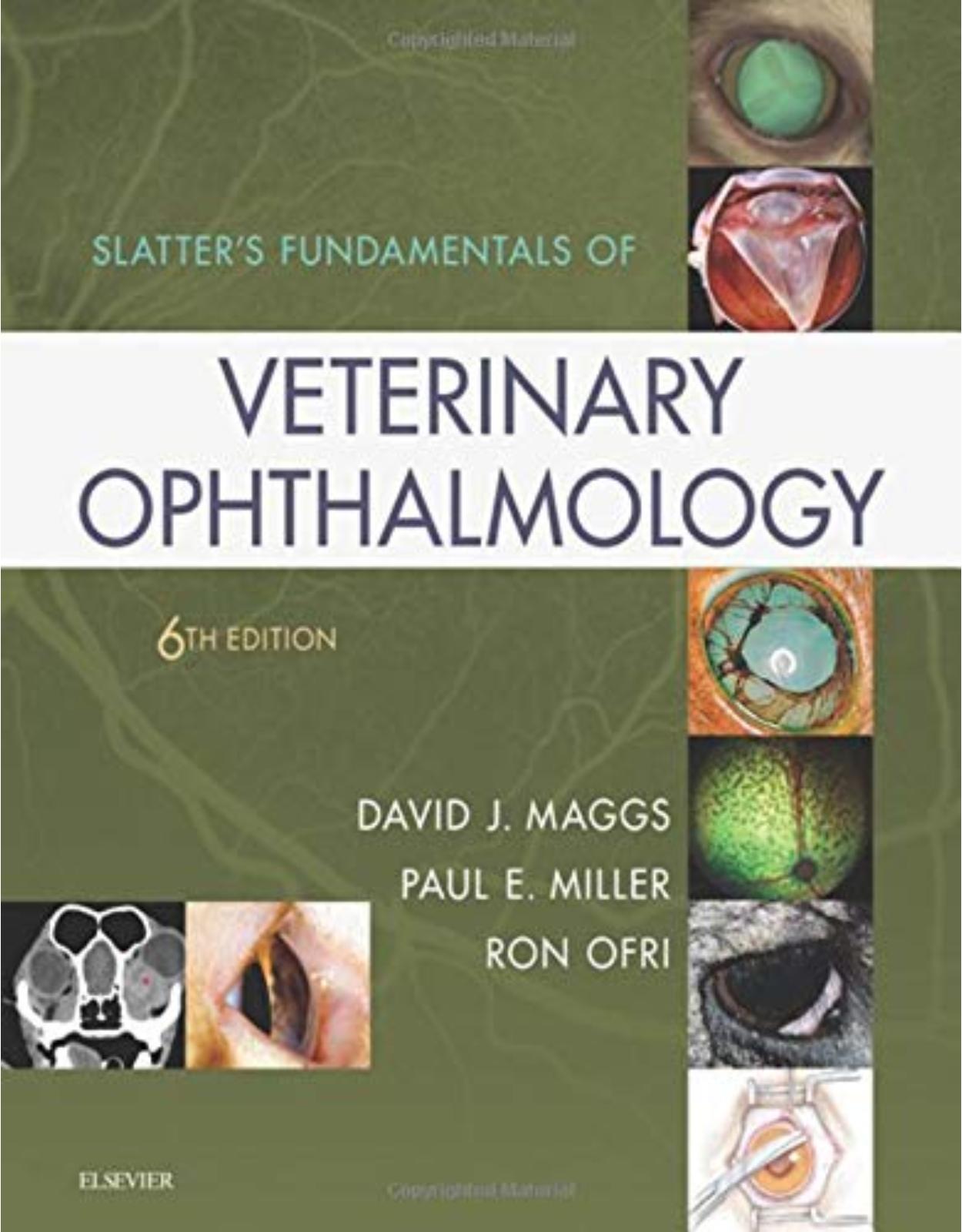

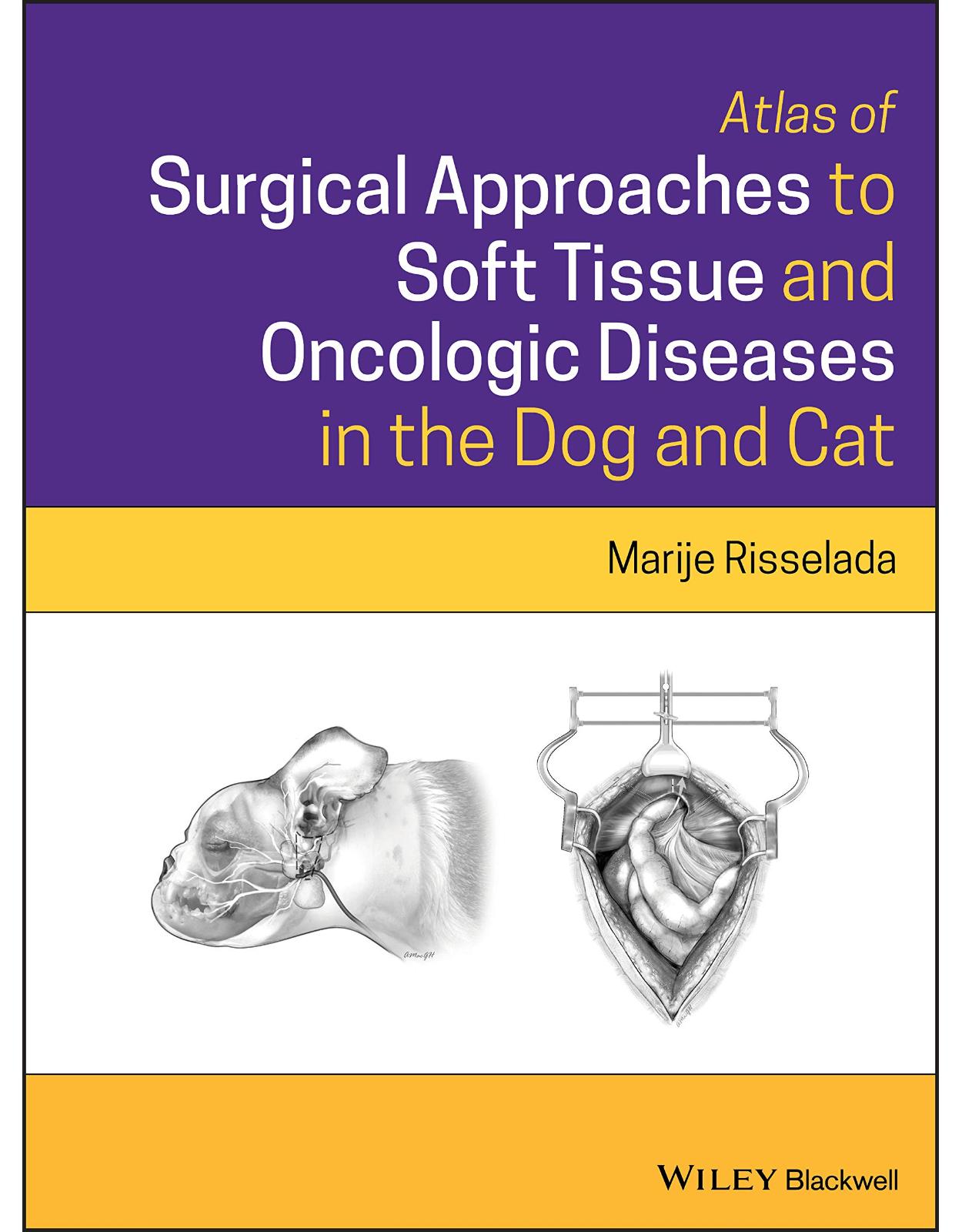
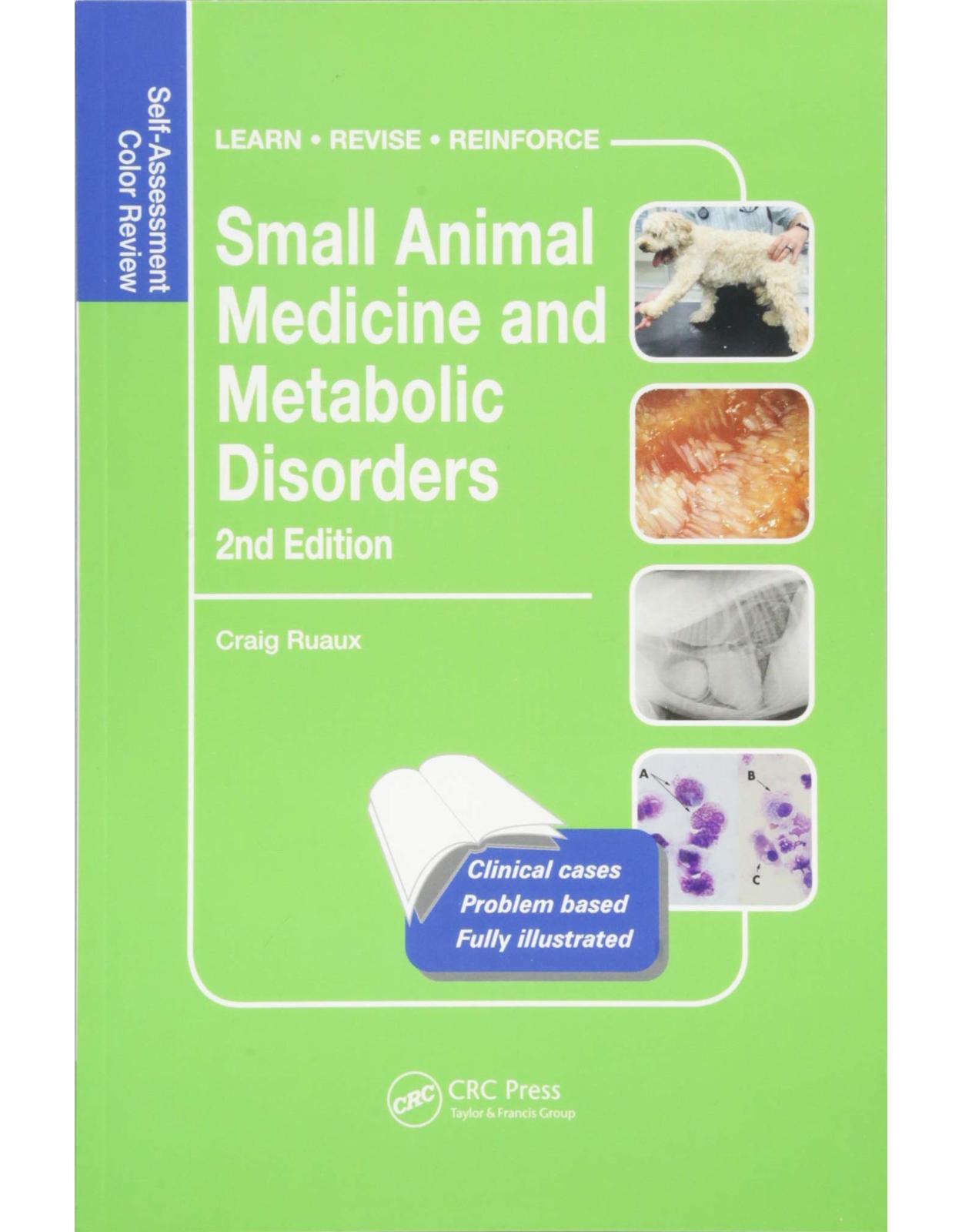
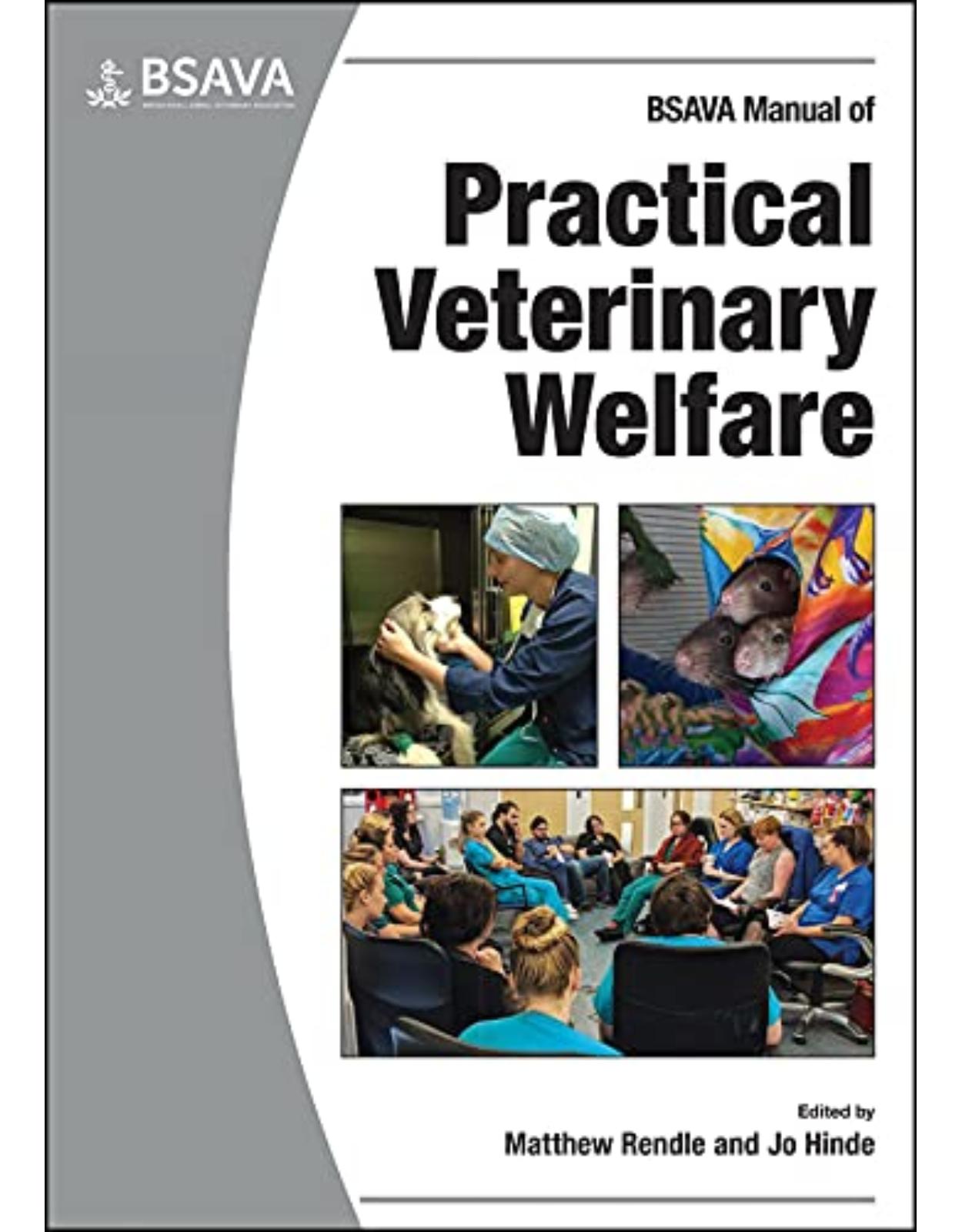
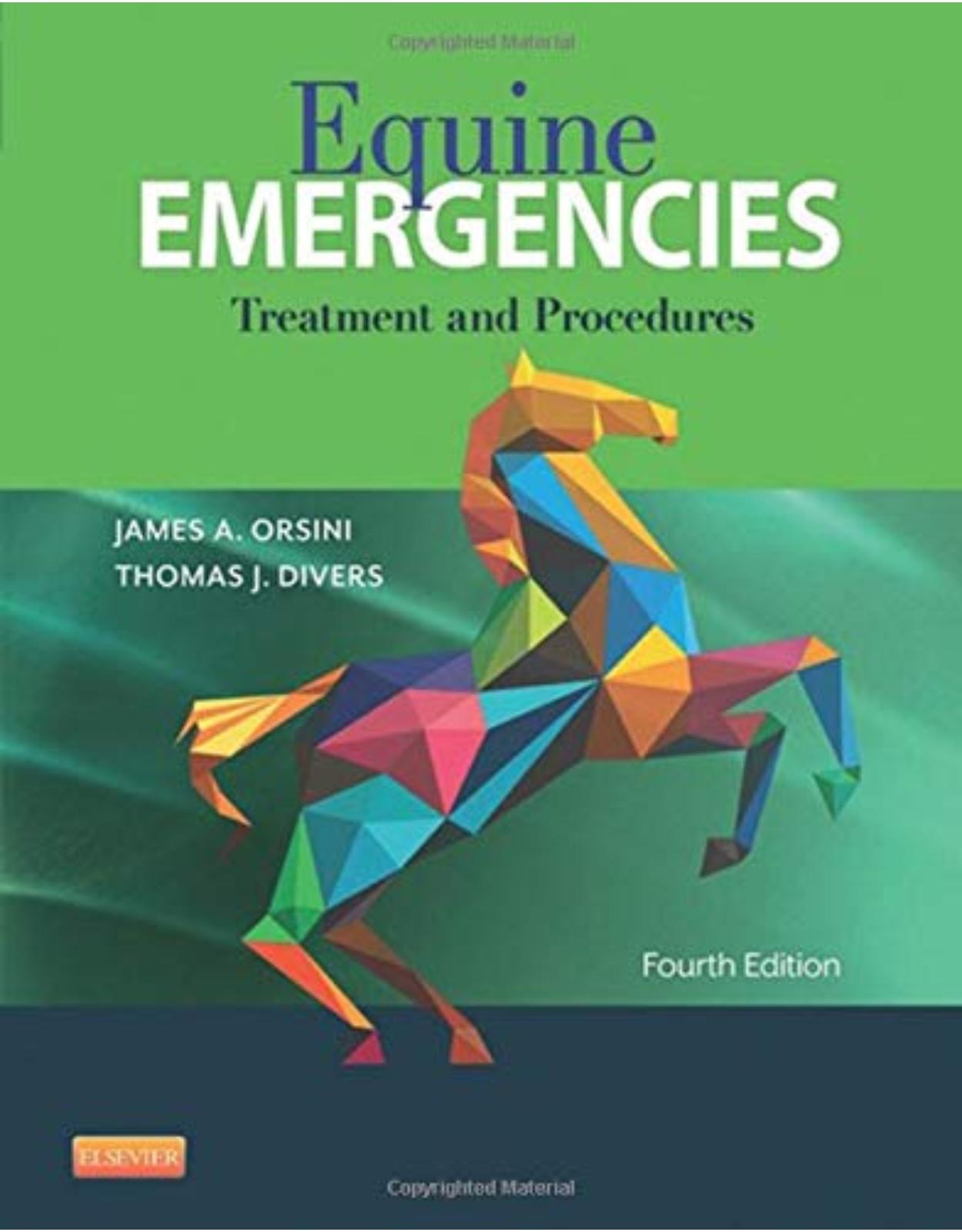
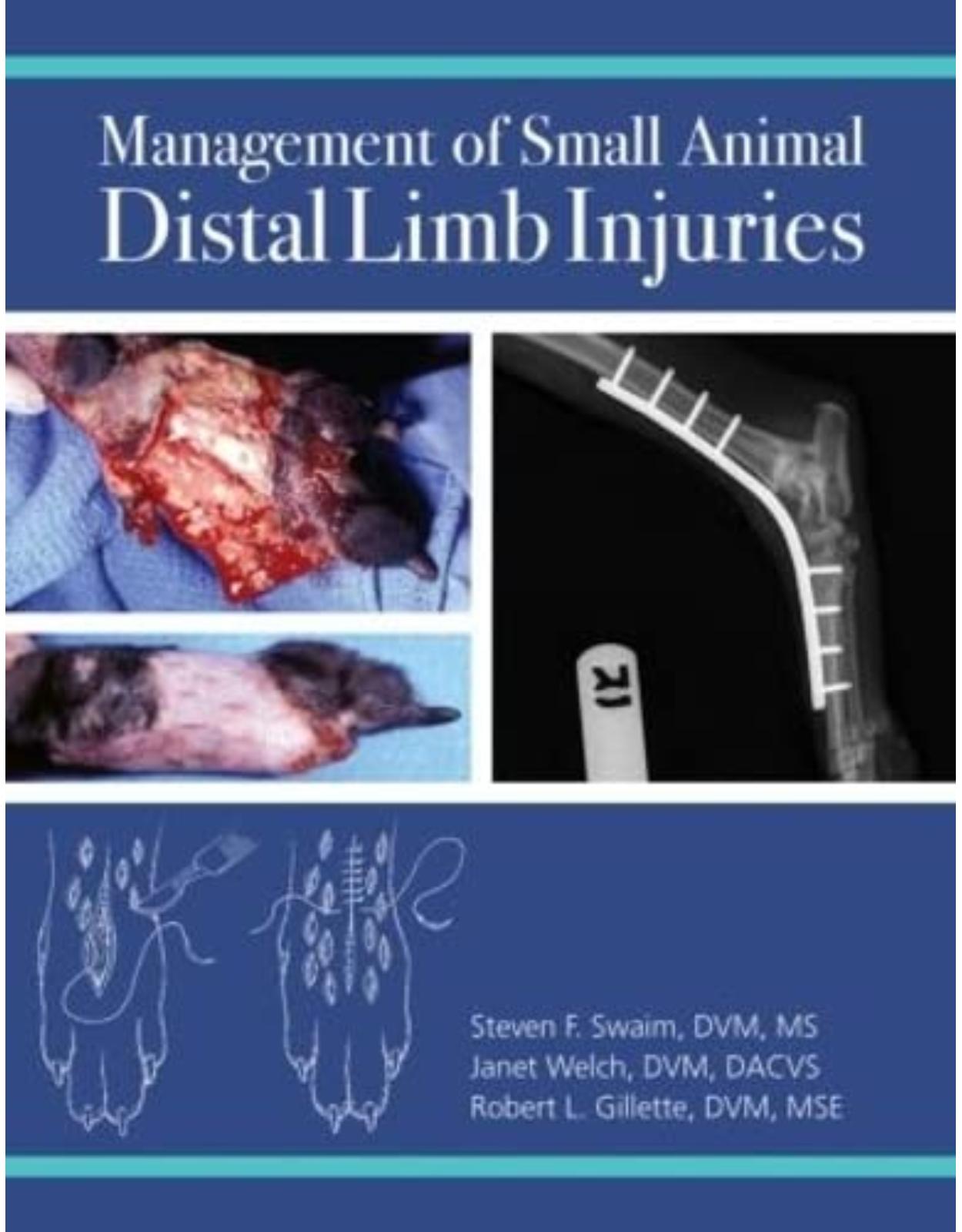


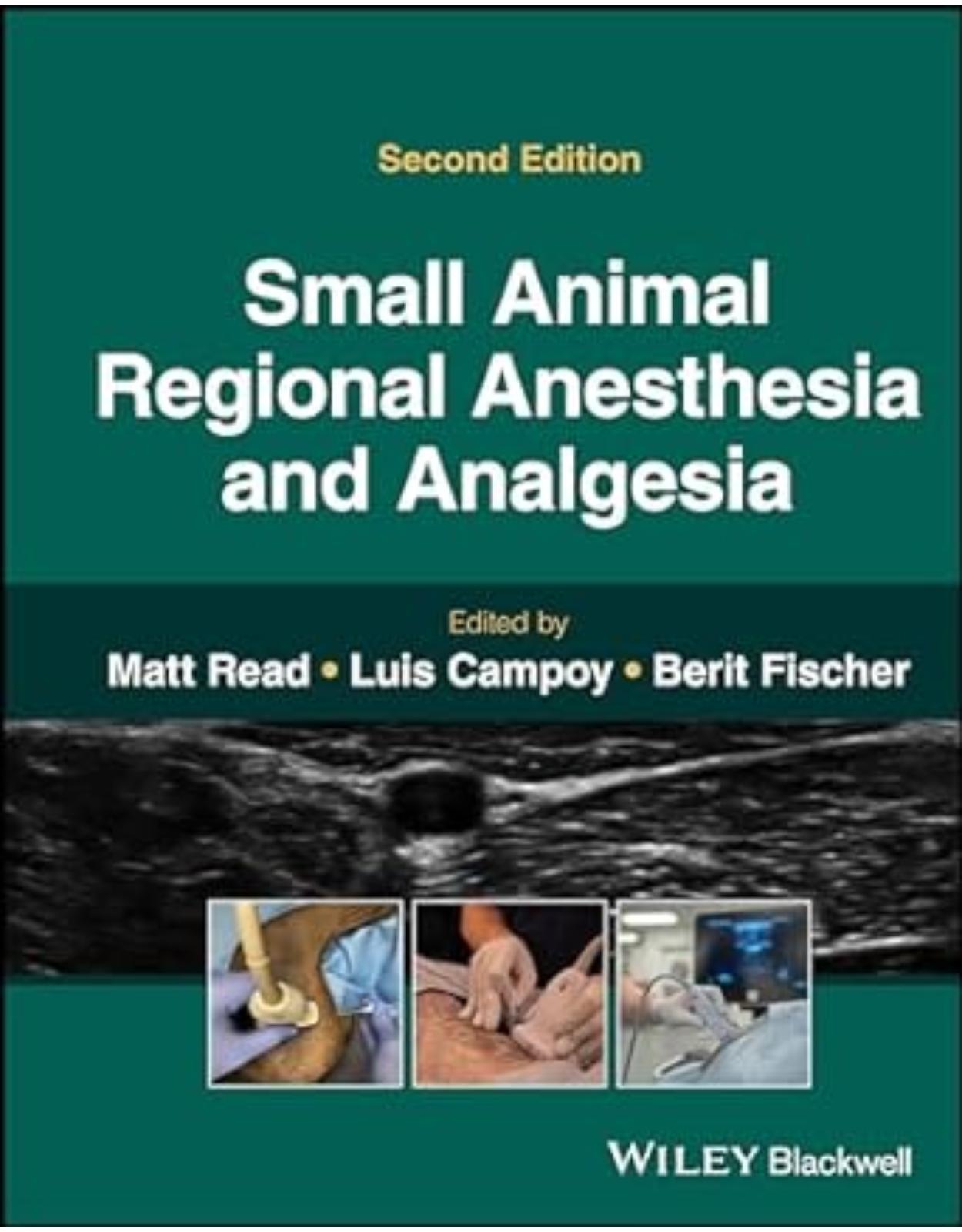
Clientii ebookshop.ro nu au adaugat inca opinii pentru acest produs. Fii primul care adauga o parere, folosind formularul de mai jos.